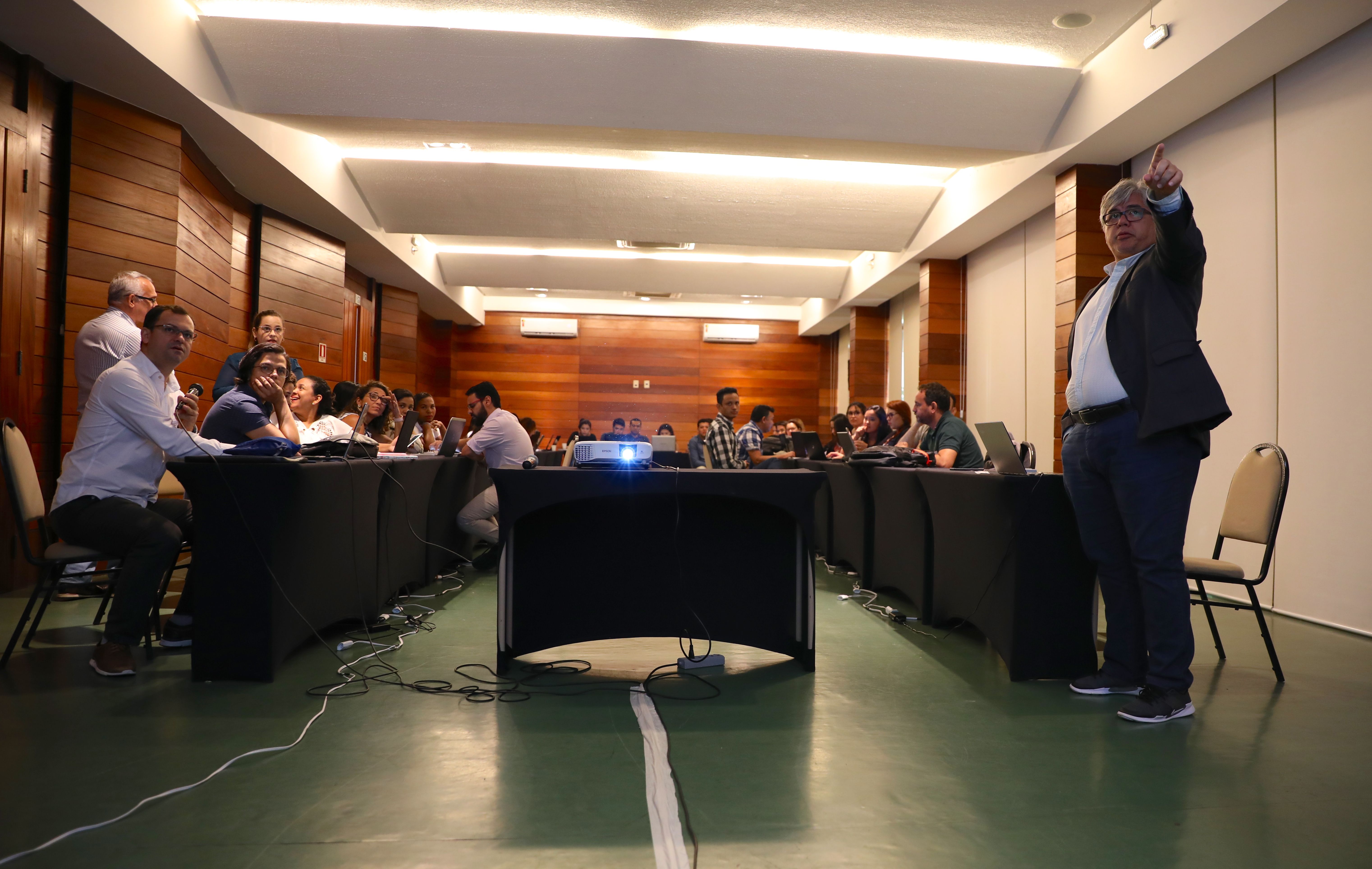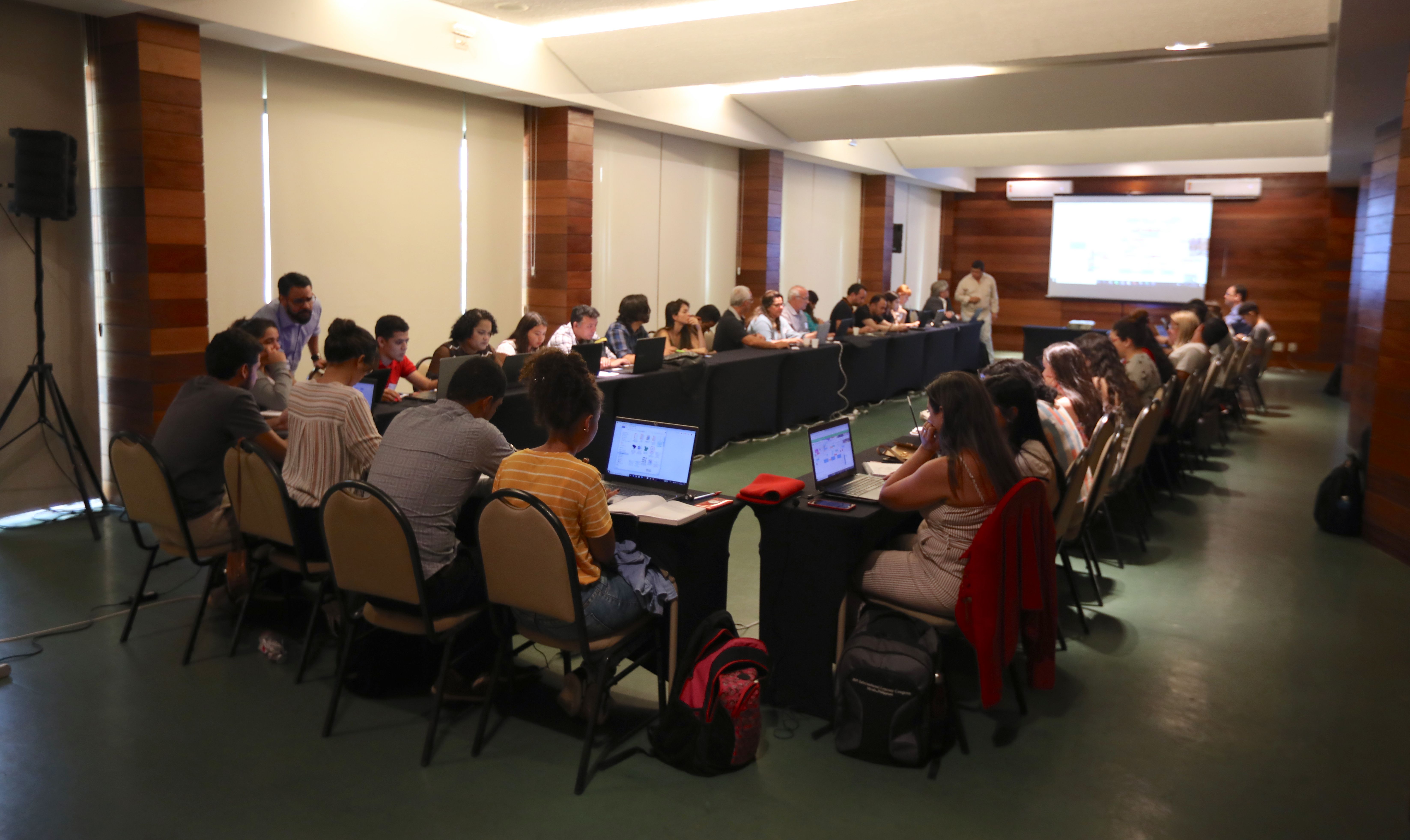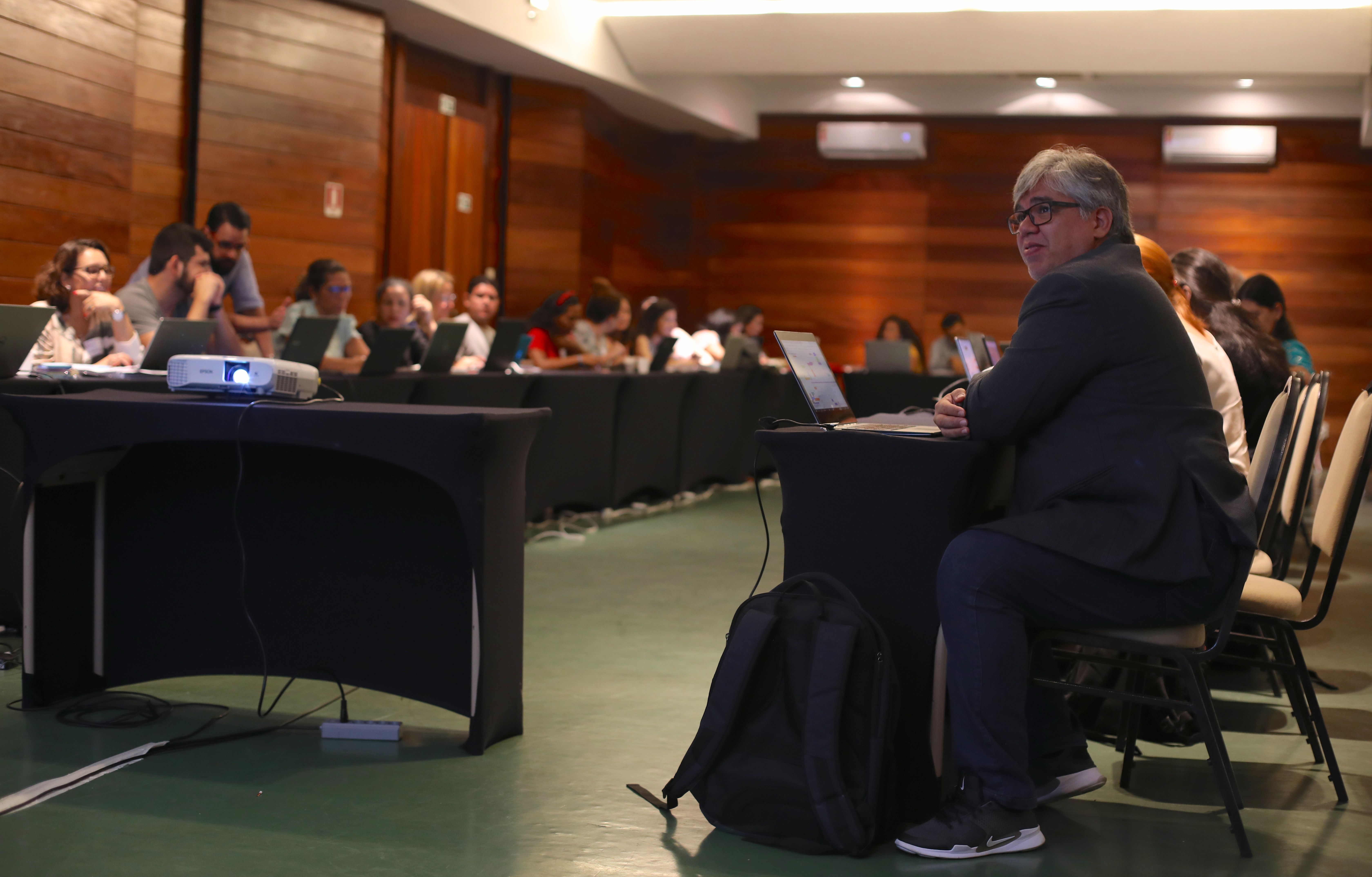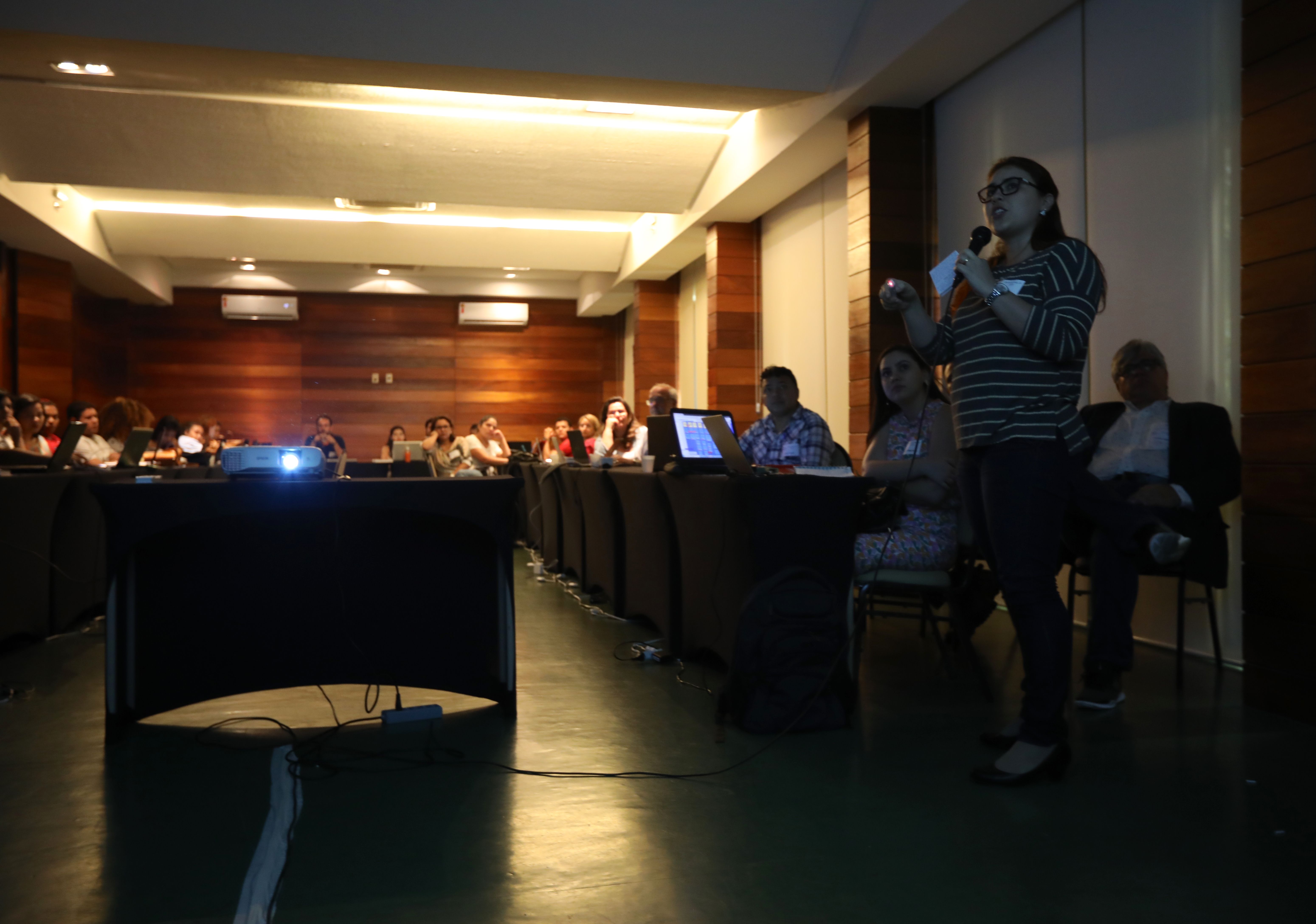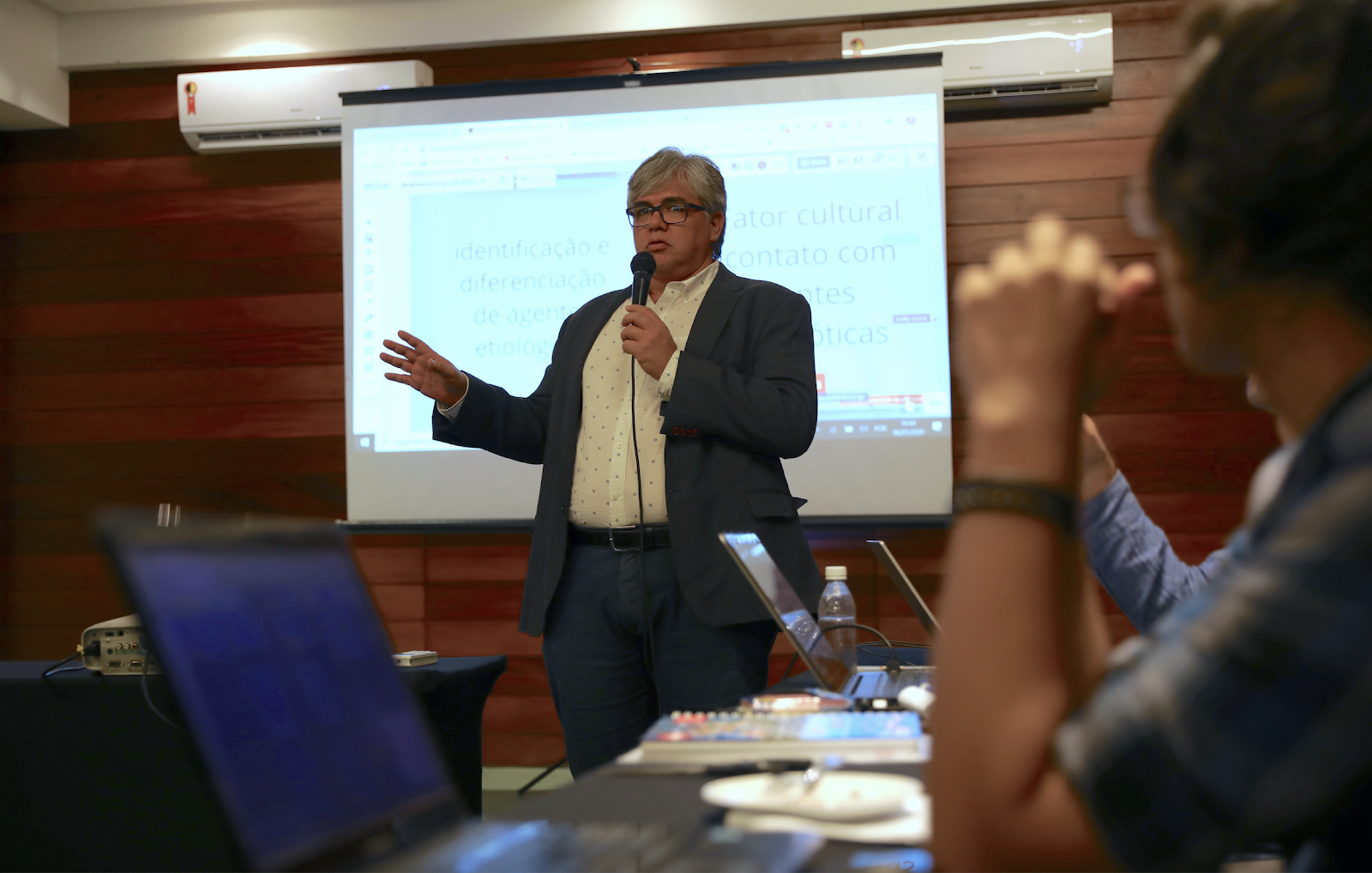BELÉM, Brazil — The whir of the projector cut through the steady pitter-patter of rain outside. The lights had been dimmed and all the shades drawn so nothing would compete with the presentation. It worked.
The title slide was immaculately clear, “Leprosy Brainstorming: The Laboratory of Dermatology Immunology.”
Nearly 40 people filled the underlit room. This was the first time experts from across northern Brazil were coming together to discuss new ways to eliminate the growing threat of leprosy.
If left undetected the infectious disease can cause nerve damage, skin deformation and severe disfigurement. While the majority of the general human population—approximately 90 percent—are naturally immune to leprosy, the brainstorming session was for the remaining 10 percent.
Like most, this two-day conference began with introductions, but the first person to stand didn’t need one.
Dr. Claudio Salgado, president of the Brazilian Leprosy Society, professor of biological studies at the Federal University of Pará, and one of the heads of the LDI, has been a leprologist for more than two decades.
“Everyone here does their job, but they don’t always know what everyone else is doing. That’s why we wanted to bring all these experts together, to make sure everyone was working seamlessly,” Salgado said. “It’s great to get the chance to discuss and brainstorm new ways to end leprosy.”
While the first cases of leprosy in Brazil dates back to the mid-1800s, it is the only country in the world that hasn’t met the World Health Organization’s leprosy elimination standard of one case per 10,000 people. As of 2018, there were 1.48 cases of leprosy per 10,000 people, according to Brazil’s Ministry of Health.
Globally, in the last decade, the number of leprosy cases has decreased from approximately 244,800 cases to less than 209,000. However, according to data from the WHO—which is based on ministry reports—new leprosy cases in Brazil have been increasing since 2016.
This trend is why Salgado wanted to bring experts together to think of new ideas to end leprosy. By having doctors, pharmacists, biologists, physical therapists, laboratory technicians, and graduate students work together, he hopes to find creative ways to use new tools against the disease.
According to the WHO, the introduction of innovative case-finding methods in hard-to-reach areas, coupled with improved data management will result in better detection of cases.
Salgado and most experts agree that the most effective way to combat leprosy is to combine early detection with multidrug therapy. But what makes leprosy so elusive is the disease’s incubation period. It can take three to seven years for leprosy to show clinical symptoms.
According to a study by the PLOS Neglected Tropical Diseases journal, four million leprosy cases worldwide are estimated to be left undiagnosed between 2000 to 2020.
It’s these undiagnosed cases that are continuing to spread the disease, Salgado said.
One of the key issues addressed at the brainstorming session was “contact examination.” Salgado and other experts want to standardize the way families of people infected with leprosy are examined. There is currently no uniform surveying method, which increases the threat of infection.
Leprosy transmission commonly follows the “stone in the pond principle,” meaning the likelihood of infection depends on a person’s proximity to the disease. The threat of infection decreases with more distance.
Modern technology using this principle has helped Salgado and the LDI identify the growing trend of leprosy cases in northern Brazil.
By keeping the stone in the pond principle in mind, the LDI has been utilizing computer-based geographic information systems to track the distribution of leprosy at a national, regional and local level. It’s exactly this type of technology that Salgado wants to advance.
“Leprosy may be an old problem, but having people think about new ideas on how to work against it may lead to a better and more permanent solution,” Salgado said.
The complete elimination of leprosy has been a global health goal every decade since the ‘90s. Just a few months ago, the Pan American Health Organization and the WHO reset that goal for this decade. By 2030, the two organizations want to eradicate leprosy and 30 other diseases across the Americas.
